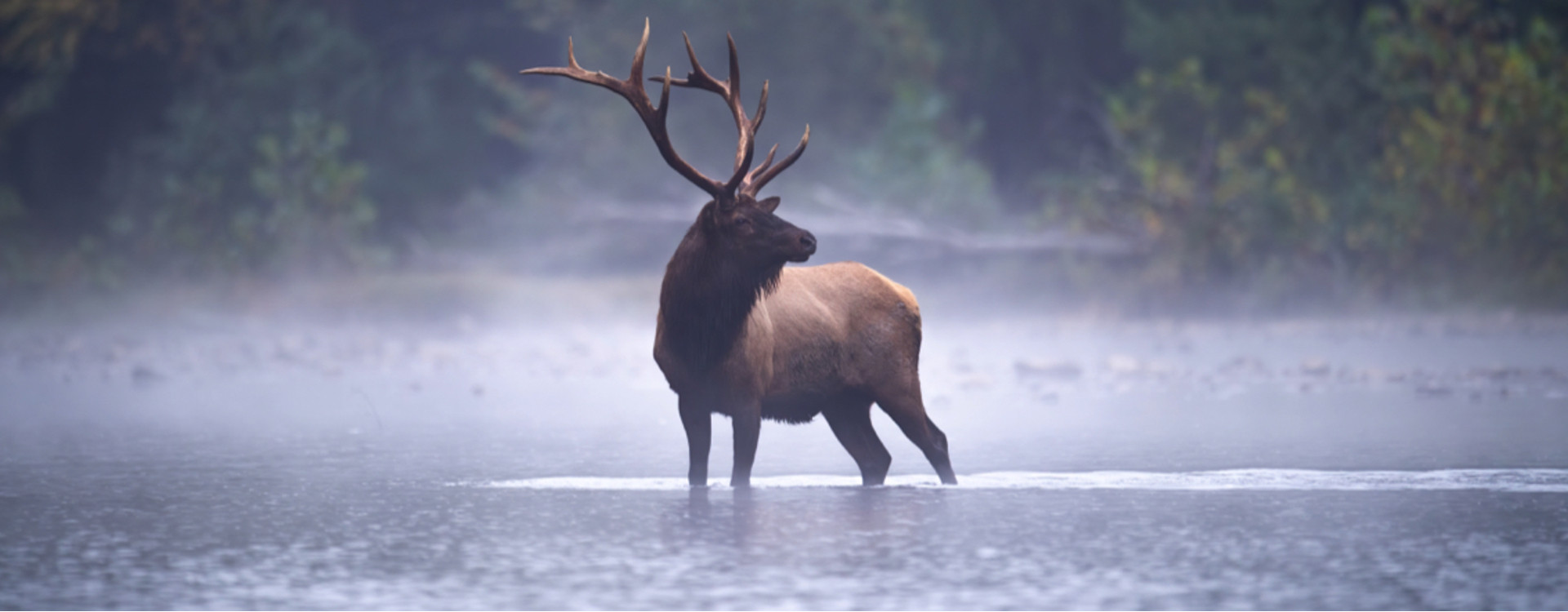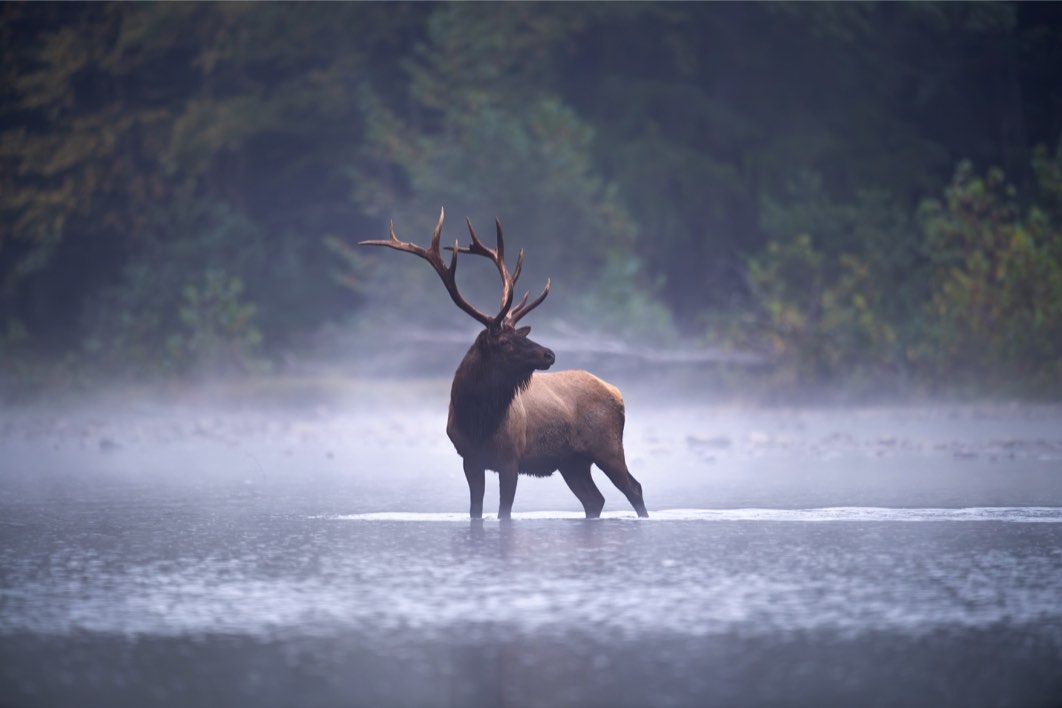Amber maple syrup is increasingly appealing to lovers of fine cuisine and sweet treats. Its warm color, captivating...
Search in blog
Blog categories
Popular posts





Latest posts

Cranberries might not be the first food you think of for sports nutrition. Yet, this small, tart red fruit hides...

Much more than just a trend, the smoothie is a true concentrate of well-being. Looking for a healthy, energizing,...

Poutine, Canada's iconic dish, is a true source of pride for Quebecers. But to enjoy a poutine worthy of the name,...

The Adirondack chair is a timeless icon of outdoor furniture. If you're looking to combine comfort, aesthetics,...


















Leave a comment
Log in to post comments
Comments
Faune du Canada
By: Berthaud On 04/26/2024Très bonnes explications sur ces différents animaux qui peuple le Canada
hermosa naturaleza
By: Marco antonio ramirez reyes On 11/29/2023Hay que cuidar la naturaleza
Les animaux
By: Maxence On 10/10/2023Bonjour, cette article est très intéressant ça m'aide beaucoup.
Merci !
Les animaux
By: Maxence On 10/10/2023Bonjour, cette article est très intéressant ça m'aide beaucoup.
Merci !
Comentario
By: Estefania devia On 06/05/2023Me parece muy útil la información que brindan muchas gracias
Comentario
By: Estefania devia On 06/05/2023Me parece muy útil la información que brindan muchas gracias
Provenance
By: Lee On 06/23/2022If I want to tepost your photo of the elk, may I credit the photographer, or should I link to this site? Please provide the photo's name
Replied by: Grégory GOUDJO On 06/24/2022